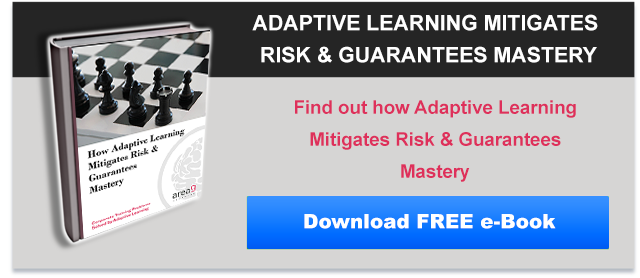A compliance officer understands the risks of poor compliance training: lawsuits, litigation, poor workplace safety. You name it.
The costs to a company can be astronomical, as in the case of this pharmacy where the customer successfully sued the company for $1.44 million because of (among other things) negligent training. Though the pharmacy plans to appeal the decision, no one would disagree that it would be better to avoid the legal headaches altogether. A solid risk evaluation and mitigation strategy is necessary, and this involves better training.
A compliance officer understands this problem, but helping employees see the value in compliance training might be a little more difficult, because training is often boring and unhelpful to employees in their day-to-day work.
Most compliance training programs are often seen as a “check-the-box” exercise by employees. Employees see the training as something they can do while performing a more “important” task. Or they see it as training they can skim through.
The State of Compliance Training
You need more engaging training as part of your risk evaluation and mitigation strategy. But how do you reinvent boring training to make it interesting again? How do you make something more absorbing? You do it by making it useful to the learner.
The training has to work; it has to not waste their time, and it has to visibly improve their skills. Prove this to your employees by tracking their progress and giving them data that they can use to change their work behavior for the better.
Adaptive Learning Proves Training Is Useful, and Helps Mitigate Risk
Every brain learns in a different way, so when training is delivered with a blanket, one-size-fits-none approach that tries to catch every learner, all that training really guarantees is that no one will be satisfied: experienced learners will have to study things they already know, and inexperienced learners will be dropped into the deep end without a life preserver. When all brains are treated the same, the result is boring training.
Adaptive Learning avoids this pitfall by showing, through formative assessment, where each learner struggles and excels. It tracks the progress of the learner and gives them updates on where they are improving and where they need work. Employees no longer need to waste time on the subjects they already know perfectly; now, they can focus on quality learning that will be of direct use to their jobs. And once employees realize that compliance training is of obvious use to their jobs, the training will be much more palatable, and will mitigate risk.
To learn more about why Adaptive Learning is becoming a critical part of every compliance training program, download this E-book.






